How to Reduce Humidity in Your Home: Simple Tips for a Healthier, Comfortable Living Space in Winter
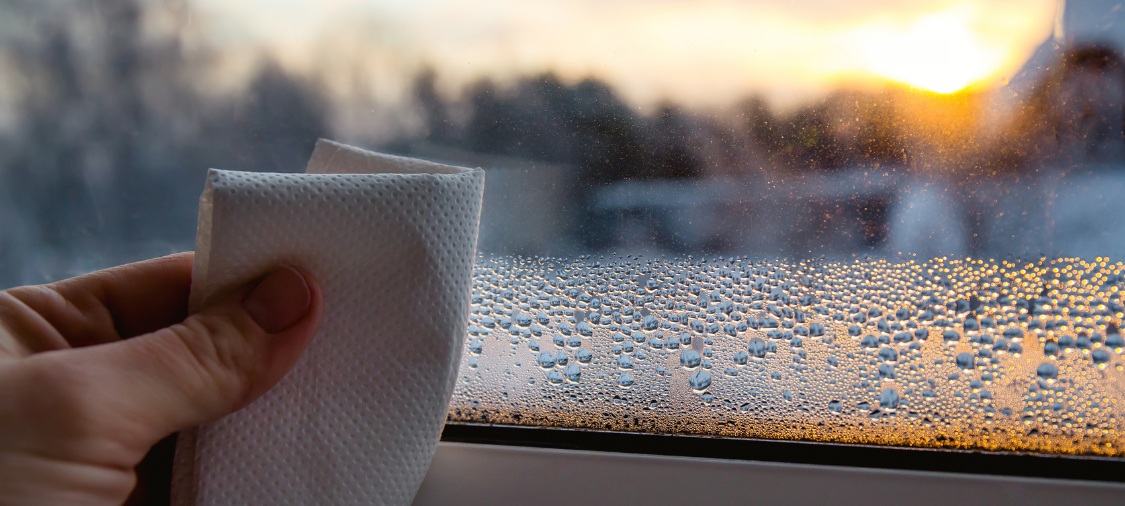
Winter in the UK brings a unique set of challenges for homeowners, one of which is managing indoor humidity levels. The cold, damp weather outside combined with the use of heating systems inside can lead to an increase in moisture levels within your home. This can create an uncomfortable living environment, contribute to health issues, and even cause damage to your property. In this blog, we’ll explore why it's important to decrease humidity during the winter months and provide practical tips to help you manage moisture levels effectively. Plus, we’ll recommend some of the best products available on Zapee.co.uk to make your home more comfortable this winter.
Why Reducing Humidity in Winter is Essential
During the colder months, the air outside is often damp and chilly, while indoor heating systems can cause the air inside your home to dry out. However, despite the dry heat, humidity levels can still remain high inside, particularly in areas like the kitchen, bathroom, and laundry room. Here’s why controlling humidity is so important in the winter:
-
Health Benefits: High humidity can promote the growth of mold, mildew, and dust mites, which can aggravate respiratory conditions such as asthma and allergies. Winter months can exacerbate these issues, so it’s essential to reduce moisture in the air for better indoor air quality and overall health.
-
Prevents Mold and Mildew: Winter’s damp conditions can make your home more susceptible to mold and mildew, particularly in areas with poor ventilation. These fungi thrive in moist environments, causing damage to your home and posing health risks. Lowering humidity levels can help prevent their growth.
-
Protects Your Home and Belongings: Excess moisture in the air can lead to condensation on windows, walls, and furniture, potentially causing damage to wooden furniture, electronics, and even your home’s structure. Reducing humidity helps protect your home from such damage.
-
Improves Comfort: High humidity can make indoor temperatures feel colder than they actually are, as the air retains moisture. By lowering humidity levels, your home will feel warmer and more comfortable during the chilly winter months.
How to Decrease Humidity in Your Home During the UK Winter
Now that we understand why it's important to control humidity, let’s explore some practical ways to reduce moisture levels in your home this winter.
1. Use a Dehumidifier
One of the most effective ways to combat high humidity is by using a dehumidifier. These devices extract excess moisture from the air, helping you maintain optimal humidity levels. In the winter, when the air outside is damp, a dehumidifier can be particularly useful for keeping your indoor environment dry and comfortable.
- Portable Dehumidifiers: Perfect for tackling humidity in smaller rooms or specific areas like bedrooms or bathrooms.
- Dehumidifiers with Air Purifiers: A great solution for winter when both air quality and humidity control are essential.
2. Ventilate Your Home Properly
During the winter, it’s tempting to keep windows and doors closed to retain heat, but proper ventilation is key to controlling humidity. When cooking, showering, or drying clothes, ensure you have good ventilation to allow moisture to escape. If possible, open windows briefly each day to allow fresh air to circulate and reduce moisture buildup.
- Exhaust Fans: Install these in kitchens and bathrooms to help remove moisture created by cooking and showering.
- Air Ventilation Systems: For homes with poor natural ventilation, consider investing in an air exchange system to ensure a steady flow of fresh air.
3. Absorb Excess Moisture with Absorbent Materials
During the winter, certain areas of your home, such as basements or closets, can become damp due to condensation. Using moisture-absorbing products can help reduce the moisture in these areas. Silica gel, activated charcoal, and moisture-absorbing crystals are all great options.
- Moisture Absorbing Crystals: Place these in damp areas such as closets, basements, or attics to keep the air dry.
- Silica Gel Packs: Ideal for use in drawers, cabinets, and storage areas to absorb excess moisture.
4. Fix Leaks and Water Sources
Leaks from pipes, windows, or roofs can increase humidity levels and create areas of standing water, which encourages mold growth. During the winter, freezing pipes can also lead to leaks and excess moisture. If you notice any leaks or signs of water damage, take action immediately to prevent further humidity buildup.
- Waterproofing Sealants: These products can help seal leaks around windows, doors, and pipes to prevent moisture from entering.
- Waterproofing Paints: Ideal for areas that are prone to moisture, such as basements or bathrooms, these paints help protect surfaces from water damage.
5. Control Indoor Plants
While indoor plants are great for adding a touch of greenery to your home, they can also release moisture into the air through transpiration. During the winter, when the air is already damp, this can contribute to increased humidity. Consider reducing the number of plants or moving them to a less humid area of your home.
- Indoor Plant Care Kits: These kits help you manage your plants and ensure they are not adding excess moisture to your home.
- Self-Watering Pots: Limit the amount of water your plants receive, especially during the winter, to avoid contributing to humidity levels.
6. Use Air Conditioning (or Heat Recovery Ventilators)
While it may seem counterintuitive to use air conditioning in winter, air conditioning units help reduce humidity by removing moisture from the air. If you don’t have air conditioning, consider using a heat recovery ventilator (HRV), which helps exchange moist indoor air with drier outdoor air while retaining heat.
- Portable Air Conditioners: Great for controlling both temperature and humidity in individual rooms.
- Heat Recovery Ventilators: These systems help maintain proper ventilation and humidity levels during the colder months.
7. Avoid Drying Clothes Indoors
Drying clothes indoors during the winter can significantly increase humidity levels, especially in smaller homes or apartments. If possible, try to dry clothes outside or use a tumble dryer that vents to the outside. If you must dry clothes indoors, ensure the room is well-ventilated.
- Indoor Drying Racks: Use a drying rack in a well-ventilated room to minimize moisture buildup.
- Dehumidifiers for Laundry Rooms: Keep your laundry room dry and comfortable while you dry clothes indoors.
Final Thoughts
Reducing humidity in your home during the UK winter is essential for creating a comfortable, healthy, and safe living environment. By following the tips outlined above and using the right products, you can keep your home free from excess moisture, prevent mold growth, and protect your belongings.
At Zapee.co.uk, we offer a wide range of products designed to help you manage humidity in your home, from dehumidifiers and air purifiers to moisture-absorbing crystals and waterproofing solutions. Explore our selection of Health & Beauty, Home, DIY, Electronics, and other categories to find the perfect solutions for your winter humidity problems.
Shop Now at Zapee.co.uk and create a drier, more comfortable home this winter!
Recommended Products on Zapee.co.uk:




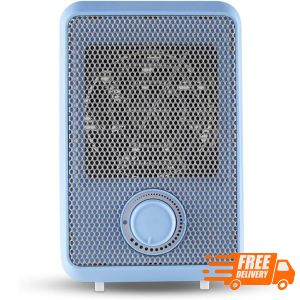
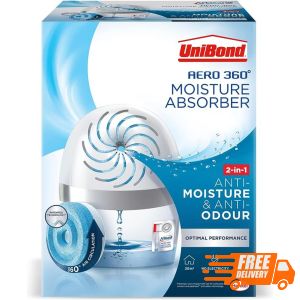
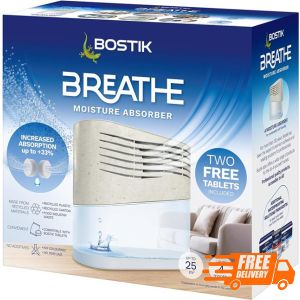
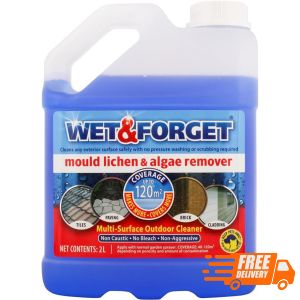

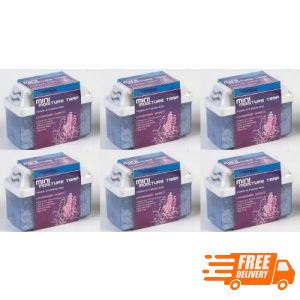

Validate your login